
Suwon, the political, administrative, and economic center of Gyeonggi Province, could be described as a differentiated MICE city in every aspect of infrastructure, culture, and industry, while also embracing a rich tradition, cultural heritage, and beautiful natural ecological landscapes.
We would love to invite you to this exotic city of the Republic of Korea.
Explore a harmonious blend of tradition and modernity, where ancient palaces stands as timeless icons amidst a thriving, modernized cityscape.
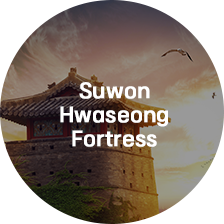
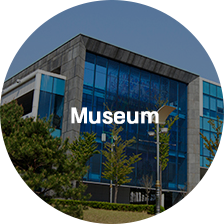
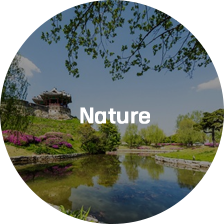
Suwon Hwaseong Fortress was built in September 1796 by King Jeongjo, the 22nd ruler of the Joseon Dynasty, after moving the tomb of his father Crown Prince Jangheon (also known as Crown Prince Sado) to Hwasan Mountain. It was designated as a World Cultural Heritage by UNESCO in 1997, and has become a global tourist destination by being chosen as one of the "best tourist destinations in Korea" and "50 beautiful places to visit in Korea chosen by CNN."
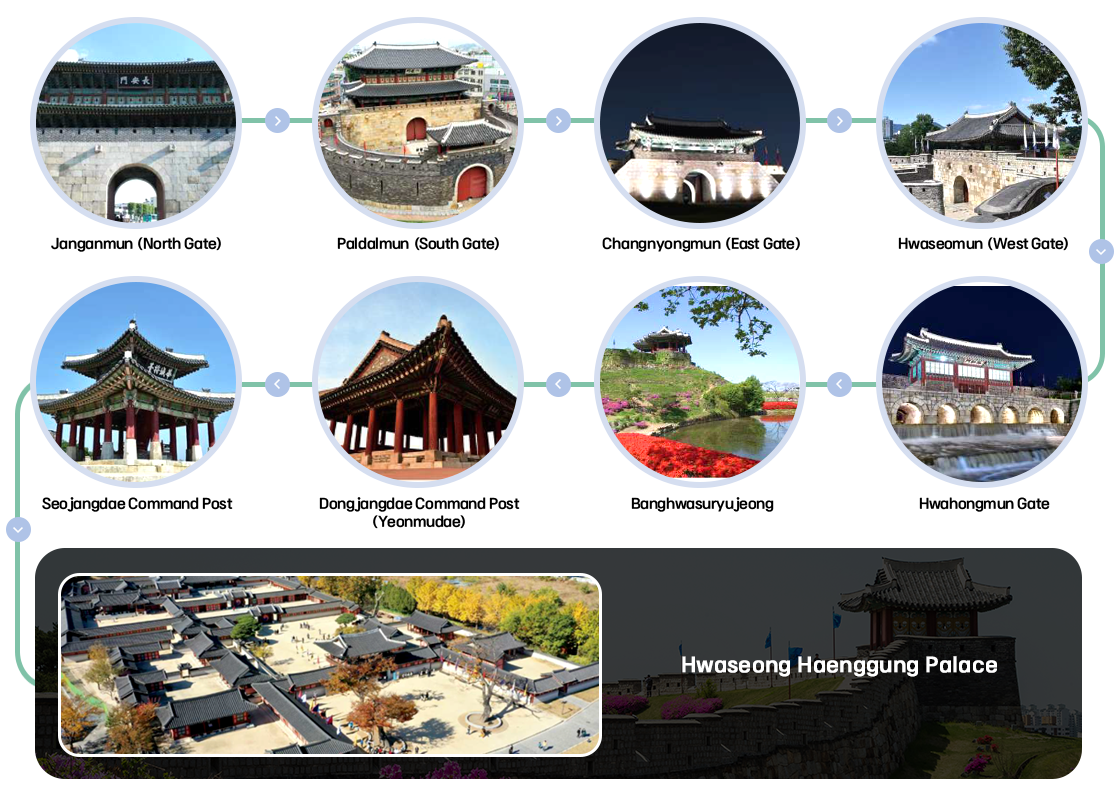
Suwon Museum is composed of Suwon Museum of History and Calligraphy Museum of Korea. Suwon Museum of History offers an opportunity to see the long history and culture of Suwon from various perspectives, while the Calligraphy Museum of Korea provides a comprehensive view of the history of Korean calligraphy. From the prehistoric times to the recreation of the streets of Yeongdong Market in the 1960s, the museum exhibits abundant materials about the history, culture and representative figures of Suwon.
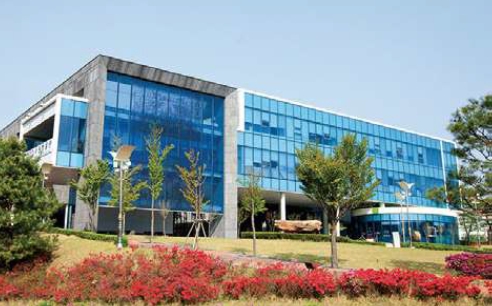
265, Changnyong-daero, Yeongtong-gu, Suwon-si, Gyeonggi-do
Suwon Hwaseong Museum was built to enhance the understanding of the construction of Hwaseong Fortress. It is composed of Exhibition Hall on the Construction of Hwaseong Fortress and Hwaseong Cultural Center. The Exhibition Hall on the Construction provides information on the construction and urban development process, while Hwaseong Cultural Center illustrates figures who contributed to the construction, King Jeongjo's 8-day visit to Suwon and Jangyongyoung (a royal guard in the King Jeongjo Period).
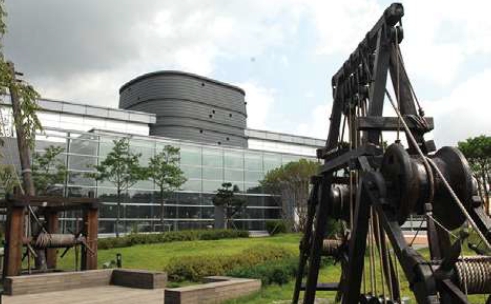
21, Changnyong-daero, Paldal-gu, Suwon-si, Gyeonggi-do
Samsung Innovation Museum features the history of the Korean electronics industry. You can see how innovation in electronics and technologies has changed our lives and what kind of innovation Samsung Electronics pursues.
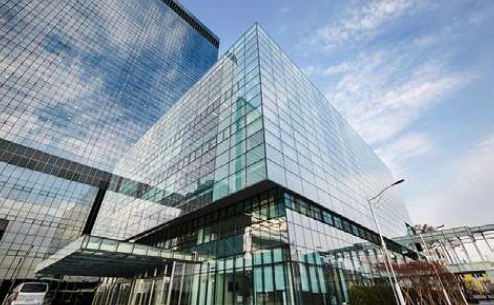
129, Samsung-ro, Yeongtong-gu, Suwon-si, Gyeonggi-do
You can see the history of Korean football at this museum from the firstever soccer shoes worn in Korea to a Park Ji-sung room to commemorate his contribution to Korean soccer. The museum also provides an opportunity to learn about the global history of football.
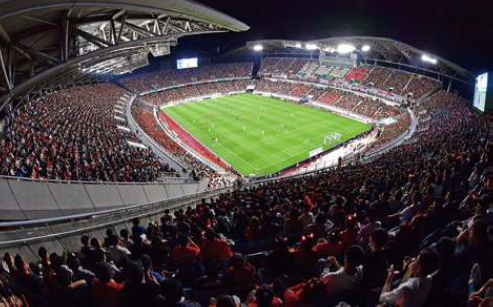
Suwon World Cup Stadium, 310, World cup-ro, Paldal-gu, Suwon-si, Gyeonggi-do
This museum located right next to Hwaseong Haenggung Palace has 5 exhibition halls, an education room, a library and a cafeteria. It offers a variety of exhibitions and events under the theme of contemporary art.
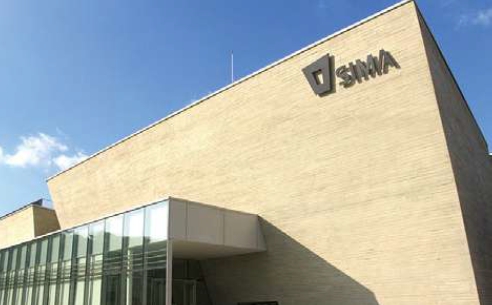
833, Jeongjo-ro, Paldal-gu, Suwon-si, Gyeonggi-do
It is the largest in-city park in Korea. At night, you can enjoy a beautiful view in which a 1.6 km-long trail named Urban Levee, the lake and Gwanggyo New Town harmonize with colorful city lights. It was selected as the “Landscape of the Year (2014)” hosted by the Ministry of Land, Infrastructure and Transport, and has become the center of leisure and cultural activities.
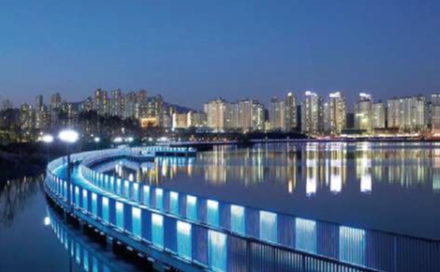
102, Gwanggyohosugongwon-ro, Yeongtong-gu, Suwon-si, Gyeonggi-do
Gwanggyosan (Mountain) (582m) is situated at the boundary of Suwonsi and Yongin-si and is home to fireflies which are the living evidence of clean nature. You can have a nice stroll and a picnic at the same time since Gwanggyo Park, a reservoir and trails are all located at this mountain.
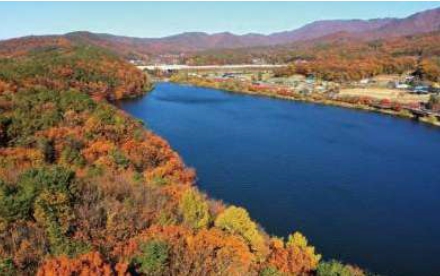
172, Gwanggyosan-ro, Jangan-gu, Suwon-si, Gyeonggi-do
Haenggung-dong Mural Village was created as part of a project led by artists, residents and volunteer workers to vitalize the underdeveloped alleys. Each alley has their own themes, such as happiness and love. You can enjoy a variety of murals with unique characteristics drawn by 30 artists.
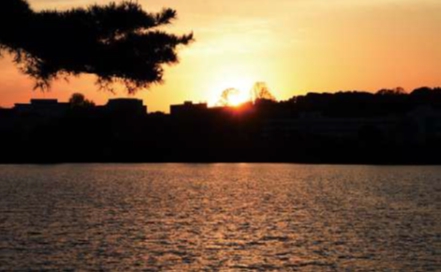
436-1, Hwaseo-dong, Paldal-gu, Suwon-si, Gyeonggi-do
Hyowon Park has a theme of filial piety, and you can see various sculptures and monuments that symbolize filial piety. Wolhwawon is a Chinese garden located on the west side of Hyowon Park. It was established in 2003 to promote amicable relations between Gyeonggi Province of Korea and Guangdong Province of China.
You can fully appreciate the exotic atmosphere of China here.
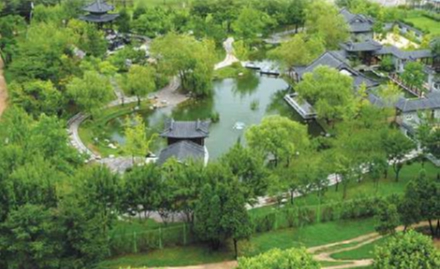
397, Dongsuwon-ro, Paldal-gu, Suwon-si, Gyeonggi-do